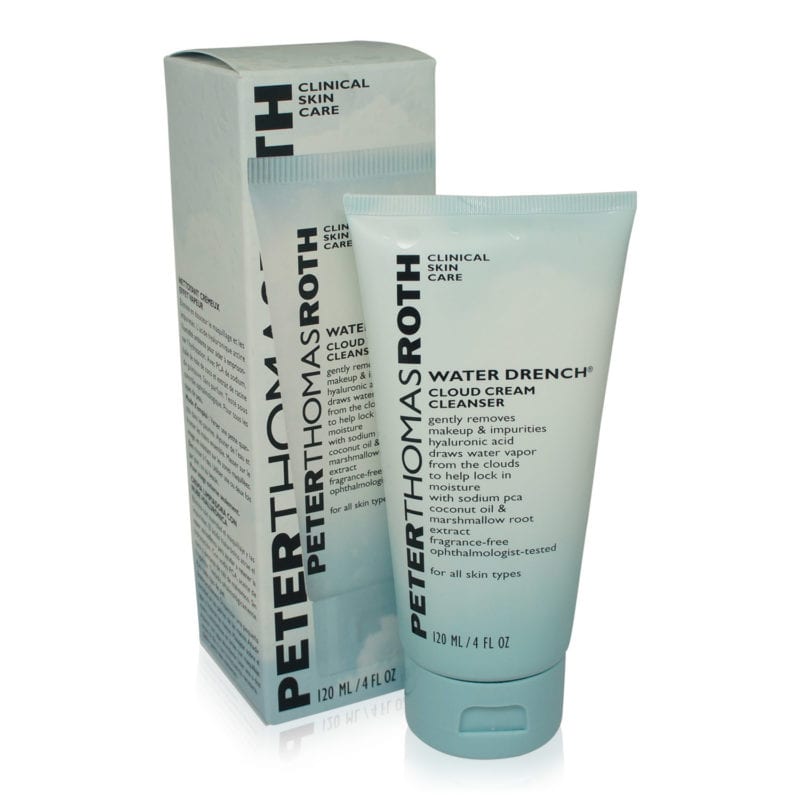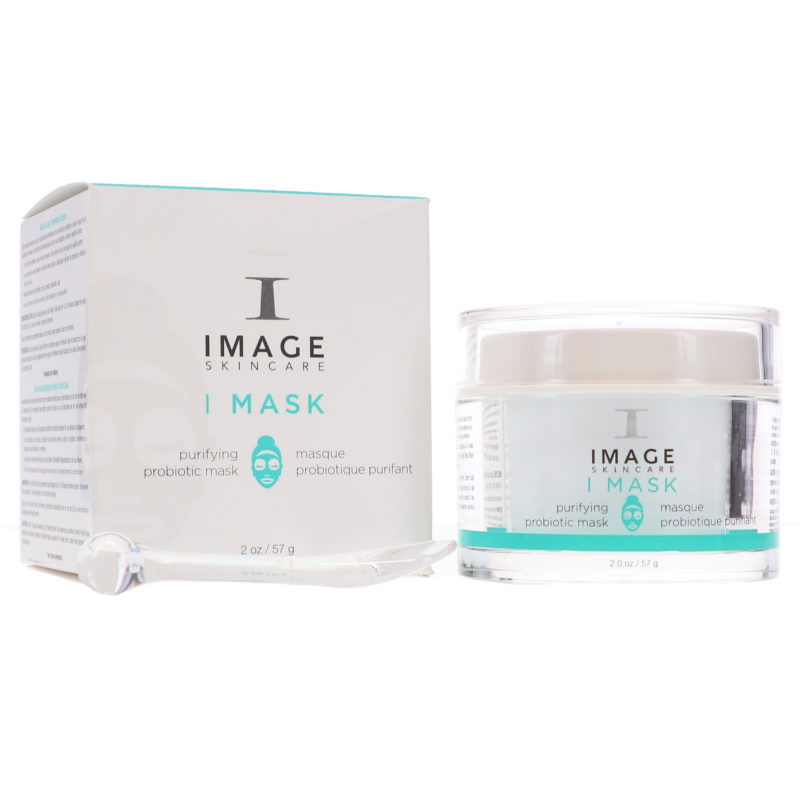Beauty Blog, Oily Skin, Resource Center, Skin Care
How To Care For Oily Skin In Winter
If you struggle with breakouts and a greasy face, then you understand the struggles of having oily skin. In the colder months, it probably seems like your situation gets worse, leaving you to figure out how to care for oily skin in winter.
There are several symptoms that are a result of oily skin:
- Greasy or shiny appearance
- Regular or occasional breakouts/acne
- Prominent pores
- Clogged pores and blackheads
- Rough looking skin

Excess oil on your face is a result of overproduction of a substance called sebum, an oily, waxy matter that is produced to protect and hydrate the skin. Too much sebum results in greasy skin, acne and clogged pores.
Although several factors can lead to excess sebum creation, but changes in the weather can be one of the main causes, especially when it gets colder.
How Does Cold Weather Trigger Oil Production?
As the temperature drops, the air tends to get drier. The lack of moisture can dry you out, triggering your body’s sebum production into overdrive.
When you’re indoors, the heated air also zaps your skin of its hydration, generating an abundance of oil that activates several symptoms leaving your skin stressed and greasy.
You may not be able to prevent completely curb excess oil, especially if you’re genetically predisposed to oily skin, but a routine that is boosted for the winter can help you keep things under control.

What Does a Wintertime Oily Skin Care Regimen Involve?
Managing sebum production requires a routine involving products that target your condition. Learn more about skin care for oily skin when temperatures drop:

- Washing: Cleanse your face twice daily using gentle products and lukewarm water. Avoid using products and tools that lead to overdrying which triggers the body to produce more sebum. Resist the urge to wash with water that is too warm, especially during chilly mornings and evenings. We would recommend the Peter Thomas Roth Water Drench Cleanser 4 oz. for nourishment and hydration that leaves your face soft and calmed.
- Toning: Use an alcohol-free toner to remove trace dirt and unclog pores. Witch hazel is a natural astringent that offers anti-inflammatory benefits. Your mileage will vary. As with cleansers avoid any toners that are overdrying.
- Drying: Always pat skin dry gently with a soft towel after cleansing and toning. Dragging down on your skin with a towel may stimulate sebum production.
- Hydrating: Avoid heavy moisturizers, even on the most frigid days. Stick to lightweight, oil-free moisturizing products to hydrate skin. It may seem counterintuitive for someone with oily skin to moisturize, but after washing and toning, you need to replenish moisture to your face to avoid dryness which leads to excess oil (you guessed it)! We love Phytomer Hydra Original Non-Oily Ultra-Moisturizing Fluid, 1 oz. for hydration without the unwanted shine.
- Exfoliating: Gently exfoliate once or twice a week to remove dead cells which if left unattended, can clog pores, trap excess oil and feed bacteria that causes acne. Over-exfoliation can lead to dehydration and (wait for it) …overproduction of sebum!
- Using Products for Oil Control: Enhance your regimen with products that help control oil on your face. Facial masks like IMAGE I MASK Purifying Probiotic Mask, 2 oz. are great for absorbing sebum without stripping your skin of essential moisture. Regular use of blotting papers or oil control sheets can help cleanse oil and other impurities from the face.

There are a lot of great products to help you put your best face forward, even if you deal with oily skin. LaLa Daisy’s Complete Guide to Makeup and Skin Care for Oily Skin is your go-to for advice. We’re here to help take the guesswork out of how to care for oily skin in winter.
If you’d like some more information, read this article on how to control oily skin from the American Dermatological Association.

